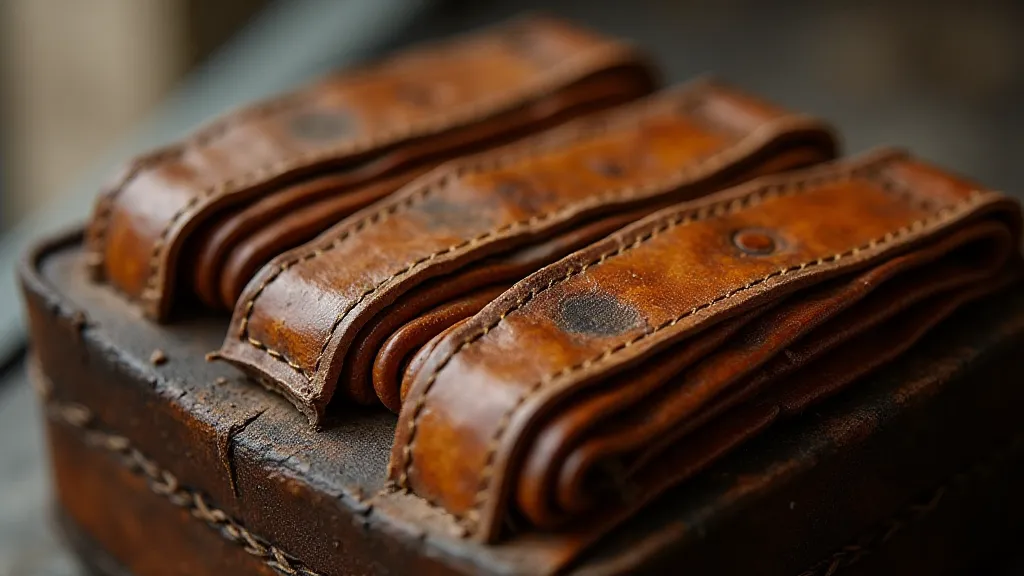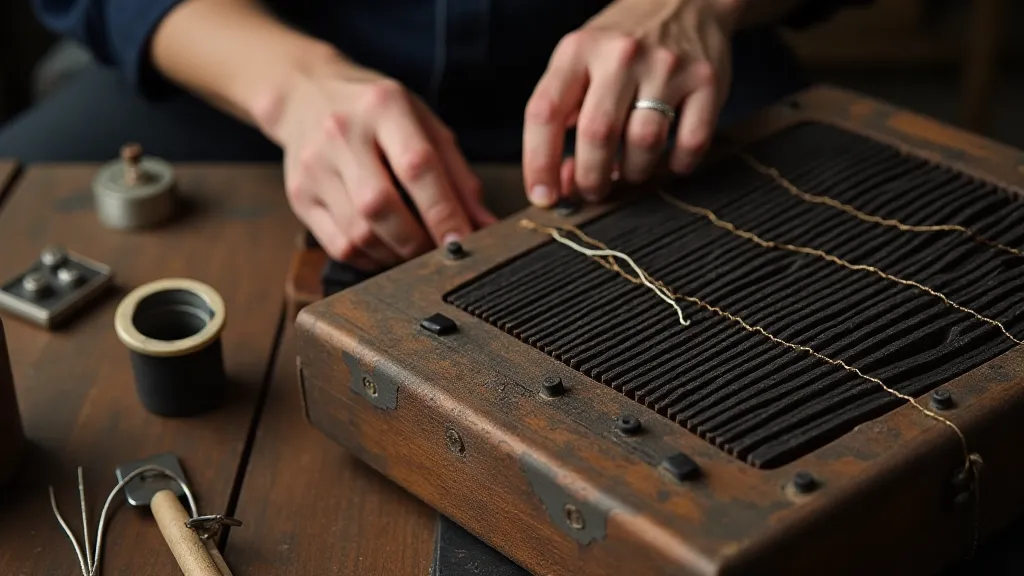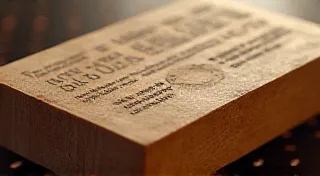Fermentation's Alchemy: Patience and Transformation in the Writer's Craft
There’s a particular scent that clings to the air in antique instrument shops: a blend of dust, old wood, and the ghosts of melodies. I’m drawn to it, invariably, like a moth to a flickering flame. My fascination isn’t with the gleaming, modern instruments; it's with the forgotten, the timeworn, the accordions that have witnessed decades of laughter, sorrow, and the quiet hum of everyday life. These aren't just objects; they're stories pressed into bellows and keys, waiting to be rediscovered. And, it’s occurred to me, the process of their preservation and restoration holds a profound lesson for the long, sometimes arduous journey of writing.

The Slow Dance of Time and Transformation
Fermentation, at its heart, is a process of patient transformation. A simple cabbage, humble and unassuming, undergoes a remarkable change when exposed to the right conditions – salt, time, and the unseen action of beneficial bacteria. The result? Sauerkraut, kimchi, pickles – vibrant, tangy foods brimming with flavor and complexity. There’s no rush in fermentation. It's a slow dance, a gradual unfolding. And so it is with a substantial writing project – a novel, a biography, a series of interconnected essays. The initial spark of an idea, the flurry of early drafts, is akin to the moment the salt is sprinkled over the cabbage. It initiates a process, but the true magic happens in the waiting, the allowing, the meticulous tending to the unseen work happening beneath the surface.
Think about the accordion itself. Its construction is a testament to centuries of craftsmanship. The intricate carvings, the carefully tuned reeds, the precision of the bellows – these weren't born in a single afternoon. They were the culmination of years of accumulated knowledge, passed down through generations of artisans. Each piece, painstakingly crafted, contributes to the final, unified whole. Similarly, a complex piece of writing demands a similar level of meticulousness. Each paragraph, each sentence, each carefully chosen word – it's all part of a larger, interconnected structure. There's no shortcut to brilliance. It's built, brick by brick, idea by idea.
Echoes of the Past: Historical Resonance
The history of the accordion is particularly rich. Originally conceived as a simplified and portable version of the concertina, it quickly evolved into a symbol of folk music and working-class entertainment. From the bustling streets of Paris to the dance halls of America, the accordion provided the soundtrack to countless lives. During periods of economic hardship, it was often the only source of joy and camaraderie. Antique accordions are more than just instruments; they are tangible links to the past. When I hold one, I feel a strange connection to the hands that played it, the faces that smiled in its presence, the songs that filled the air.
This resonance is mirrored in the act of writing. We are all, in a sense, writing for a future audience – those who will encounter our words long after we are gone. The best writing transcends its immediate context, speaking to universal themes and emotions. Like an antique accordion preserving the memory of a past era, well-crafted prose carries a weight of history, a sense of timelessness. Understanding the history of a craft – whether it’s preserving a musical instrument or weaving a narrative – helps us appreciate its depth and complexity.
The Art of Restoration: A Metaphor for Revision
Restoring an antique accordion is a delicate and often painstaking process. It requires a deep understanding of its construction, a steady hand, and a willingness to embrace imperfection. A broken reed must be carefully repaired or replaced; cracked bellows must be meticulously patched; faded keys must be gently cleaned. The goal isn's to return the accordion to a pristine, factory-fresh condition. It's to preserve its character, to honor its history, to allow it to breathe again.

This resonates strongly with the revision process in writing. A first draft is rarely perfect. It's often rough, uneven, and full of flaws. Revision is about acknowledging those flaws, embracing them even, and then carefully, patiently, working to address them. A sentence might be restructured; a paragraph rewritten; an entire chapter reimagined. The goal isn't to erase the initial effort; it’s to refine it, to polish it, to make it shine. Like an accordion restorer, the writer must be willing to disassemble, to rebuild, to persevere through frustration.
The Imperfect Beauty of Time’s Passage
The beauty of an antique accordion isn’t in its flawlessness. It’s in the cracks and the wear, the faded varnish and the chipped keys. These imperfections are testaments to a life lived, a story told. They are reminders that nothing lasts forever, that everything is subject to the ravages of time. To erase those marks would be to erase a part of its soul.
And so it is with writing. The imperfections in our prose—the awkward phrasing, the clumsy metaphors—are often what make it human, what make it real. To strive for absolute perfection is to risk creating something sterile, something lifeless. The most compelling stories are often those that embrace vulnerability, that acknowledge their own limitations.
The next time I’m surrounded by the scent of old wood and the echo of forgotten melodies in an antique instrument shop, I'll remember the lesson of the accordion: the power of patience, the beauty of imperfection, and the profound connection between the slow, transformative processes of fermentation and the crafting of meaningful, lasting words. There is a quiet dignity in the act of preserving the past, both in a musical instrument and in the written word. And in that dignity, we find a deeper appreciation for the enduring power of human creativity.






